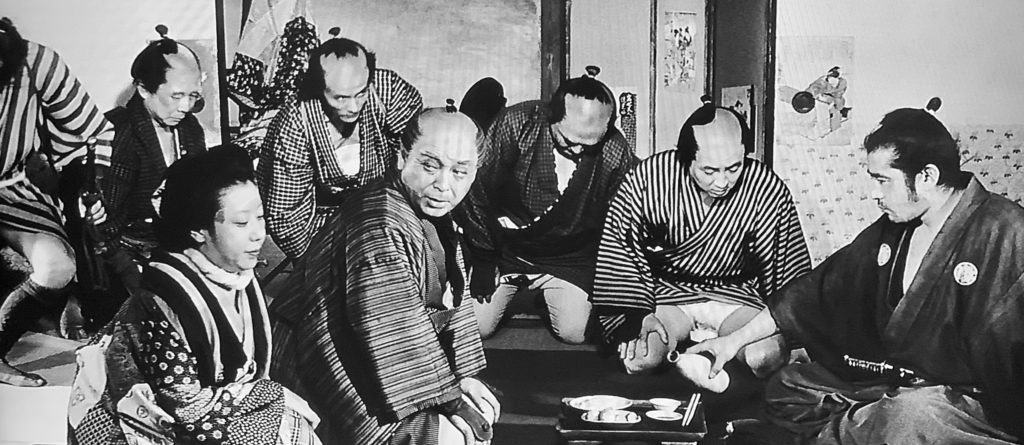Last week I did something I’ve been putting off for six years: I went back through this entire blog, one page at at time, and locked away a few hundred of its two thousand entries. Most of those, but not all, were from the very early days of this millennium, when I still regularly listened to dialup noise before I could put a text file through a transfer protocol to publish things here. Some friends and I would eventually guess a few things right about the future of the internet. But I did not anticipate the future of Brendan. That’s in part because I didn’t know who Brendan was.
Reading through my public diary in full, for the first time in a long time, the feeling that emerged for me was… well, a bit less chagrin and resentment than has been there in the past. (Therapy!) In the past that feeling has obscured the text, preventing me from looking clearly at my own writing. What I saw this time was that through years of trying on different voices, whether projecting unearned assurance or closely imitating people whose assurance I envied, I was aching for an identity I had not found.
A lot of the things I would end up wincing at were attempts to write out ideas I didn’t even really support, just to practice thinking through them—things I then left to stand in the record while I moved on inside my own head. Many more were attempts to summon a Brendan who could achieve validation and love from the internet, the validation and love he didn’t know how to show himself, if he just put the right words in the right order. The blunt term for both cases, I think, is “sophistry.” But I’ve done enough excoriation over that. What I saw this time was that I had a lot of years of stumbling to do before I stubbed my toe on something that looked like self-knowledge. Starting to unearth it took years beyond that.
I think at least once a week, if not once a day, about the Web we lost. Right now I’m having complex and tangled feelings about the Web in which I started this thing. It was gentler, in some ways, than the milieu in which I’m writing this now—one where the idea of sudden attention makes me feel more fear than excitement. It was also exclusionary. The only reason I was able to start writing here, half my life ago, was my place at the pinnacle of privilege. That privilege has also extended me tremendous benefit of the doubt from all the people who have read this stuff and still decided to be my friends. I don’t plan to take either for granted anymore.
Deprecating a moment of pique I typed out about someone I dated for two weeks, which I then left on the whole internet for anyone in the world to read for twenty years, is not going to hide the search, the work, or the ache to figure out who I was. I’m not trying to polish my image here, or make it appear that I never held opinions I now reject. (I did! Lots of them! They might still be on the Wayback Machine!) What I’m trying to do instead is forgive the old Brendan for all the things he left for future Brendan to regret. And forgiveness means letting some of those things go to rest.

